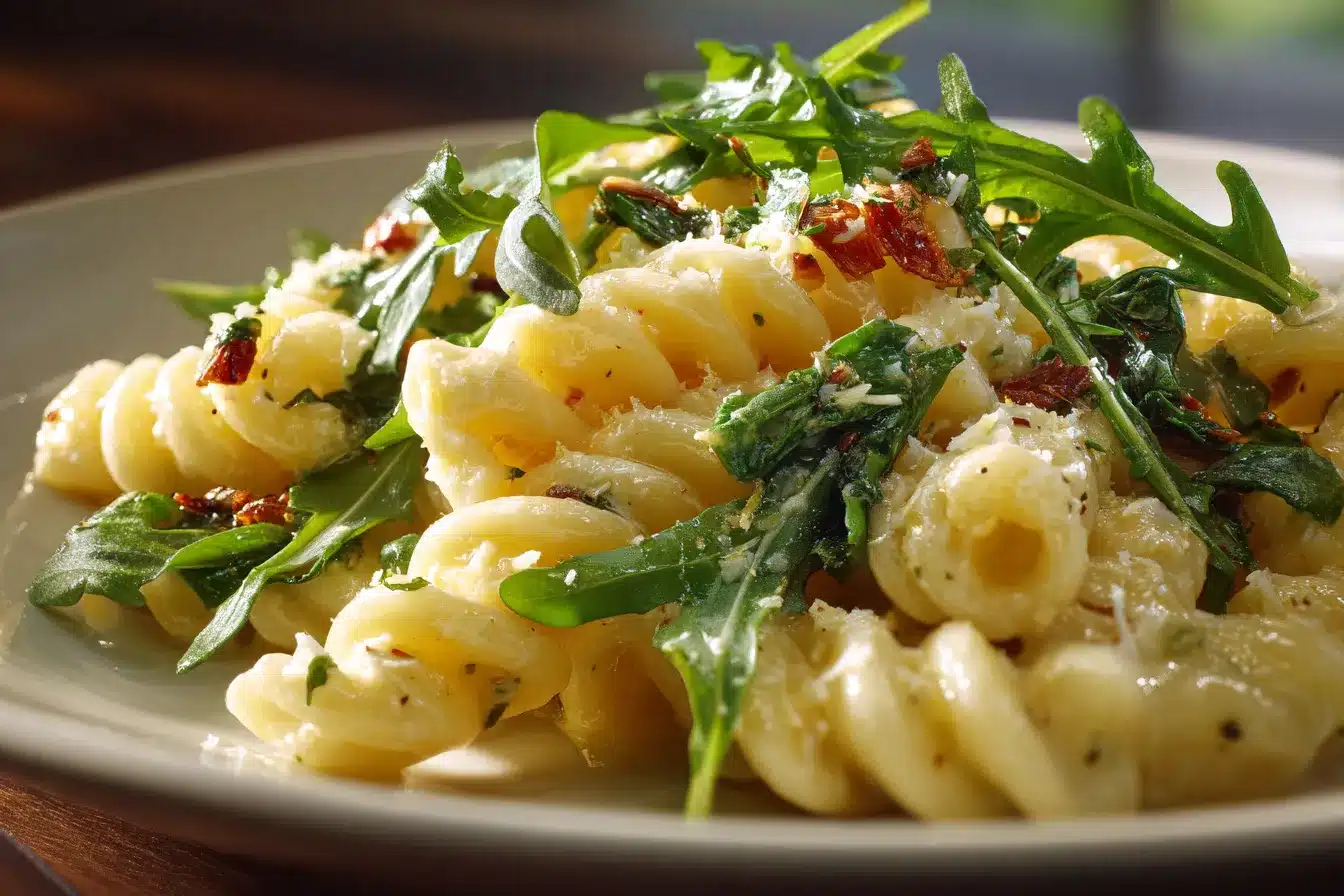Dive into the delightful and diverse universe of Turkish bread, a cornerstone of Turkish cuisine that’s as rich in history as it is in flavor. From the bustling streets of Istanbul to the quaint villages in Anatolia, Turkish bread is a ubiquitous symbol of hospitality and tradition. This article will guide you through the various types of Turkish bread, share a beloved recipe, offer serving suggestions, and provide tips to ensure your baking adventure is a resounding success. So, roll up your sleeves and get ready to explore the warm, comforting world of Turkish bread.
Introduction to Turkish Bread
Turkish bread, known for its incredible variety and integral role in daily life, is much more than just a staple food in Turkey—it’s a cultural icon. Whether it’s a hearty loaf of Ekmek or a sesame-encrusted Simit, each type of bread has a story to tell, reflecting the country’s rich history and culinary diversity.
The Cultural Significance of Turkish Bread
In Turkey, bread is synonymous with sustenance and hospitality. It’s not just food; it’s a symbol of sharing, community, and tradition. From grand feasts to simple meals, no Turkish table is complete without a basket of warm, freshly baked bread.
A Brief History of Turkish Bread
The history of Turkish bread is deeply intertwined with the country’s culture and traditions. To explore more about this fascinating topic, visit Turkish Bread Culture – GoTürkiye. This rich history is baked into every loaf, with each region adding its unique twist to traditional recipes.
Turkish Bread in Today’s Cuisine
Today, Turkish bread continues to be a fundamental part of Turkish cuisine, enjoyed in homes and restaurants alike. Its versatility and variety make it a perfect companion to almost any dish, from rich stews to vibrant salads.
Stay tuned as we delve deeper into the different types of Turkish bread, exploring their unique characteristics and the special place they hold in Turkey’s culinary landscape. Whether you’re a seasoned baker or a curious food enthusiast, there’s a Turkish bread that’s sure to capture your heart and tantalize your taste buds.
Different Kinds of Turkish Bread
Turkey’s bread spectrum is as vast as its landscapes, offering a delightful array of choices that cater to every taste and occasion. Let’s embark on a culinary journey to explore some of the most beloved and traditional Turkish bread types, each with its own unique flavor, texture, and role in Turkish gastronomy.
Pide: The Versatile Favorite
Often dubbed as Turkish pizza, Pide is a versatile bread that can be enjoyed plain or adorned with a variety of toppings. Its boat-like shape and savory toppings make it a popular choice, perfect for any meal or a delightful snack. Whether you prefer a simple cheese topping or a lavish mixture of meat and vegetables, Pide offers a canvas for culinary creativity.
Simit: The Sesame-Encrusted Delight
Simit is arguably the most iconic Turkish bread, easily recognizable by its circular shape and dense coating of sesame seeds. This bread is not just a treat for the taste buds but also a feast for the eyes. Often enjoyed as a breakfast item or a midday snack, Simit pairs wonderfully with tea or Turkish coffee, providing a satisfying crunch with every bite.
Lavash: The Soft and Thin Companion
Lavash is a testament to the simplicity and elegance of Turkish bread. This soft, thin bread serves as a perfect wrap for kebabs or a delicate companion to dips and spreads. Its versatility makes it a staple in Turkish households, proving that sometimes, the simplest things in life are the most enjoyable.
Bazlama: The Fluffy Wonder
Bazlama is a thick, fluffy bread that’s often compared to pita but boasts a softer and more tender texture. It’s a versatile bread that can be enjoyed at any time of the day, serving as a comforting base for a hearty breakfast or a delightful accompaniment to a cup of tea. The joy of tearing into a warm piece of Bazlama, feeling the steam escape and the soft texture against your fingertips, is an experience in itself.
Ekmek: The Daily Staple
Ekmek is the quintessential Turkish loaf, a daily staple that finds its way to every meal. Whether you’re dipping it in olive oil, slathering it with butter, or using it to scoop up a delicious stew, Ekmek’s presence on the Turkish table is indispensable. Its crusty exterior and soft interior make it a universal favorite, embodying the essence of Turkish hospitality.
In the next section, we’ll dive into the art of making Turkish bread at home, focusing on a recipe that will bring the aroma of Turkish bakeries right into your kitchen. Stay tuned to unlock the secrets of baking your own Turkish bread, a rewarding endeavor that’s sure to impress.




